Maha Shivratri is a Hindu festival celebrated every year in reverence of Lord Shiva. It is also known as Padmarajarathri. It is celebrated all over South India(In Tamil nadu, Karnataka) and North India. Shivaratri literally means the great night of Shiva or the night of Shiva. It is celebrated every year on the 13th night/14th day of the Maagha or Phalguna month of the Hindu calendar. This year 2016, it falls on March 7th. Vrat time is from Sunrise on March 7 to sunrise on March 8. On shivaratri day, fasting involves refraining from eating any food and not sleeping through out the night. Followers visit Shiv temples and bath the idol of Lord Shiva and follow rituals to please the lord. Devotees begin the day by worshipping the Lingam of Lord Shiva in temples.
According to Shiv Purana, the following items are a must: Shiva Linga must be bathed with water, milk and honey. Also, bilva patra must be offered to the lord as it purifies the soul. Vermilion ( a reddish orange paste) must be applied over Shiva Linga after bathing, it represents virtue. Symbolizing longevity, different kinds of fruits are offered to the Linga for the fulfillment of wishes.The worship is then concluded with Lord Shiva’s Aarti. The day is considered auspicious for women. They fast and pray to the Lord to get blessed with blissful married life, while unmarried woman would pray for an ideal husband like Shiva.People chant “Om Nama Shivaya” all through the day.
There are different stories based on different puranas on why we celebrate Maha Shivratri. Some of these stories are mentioned here.
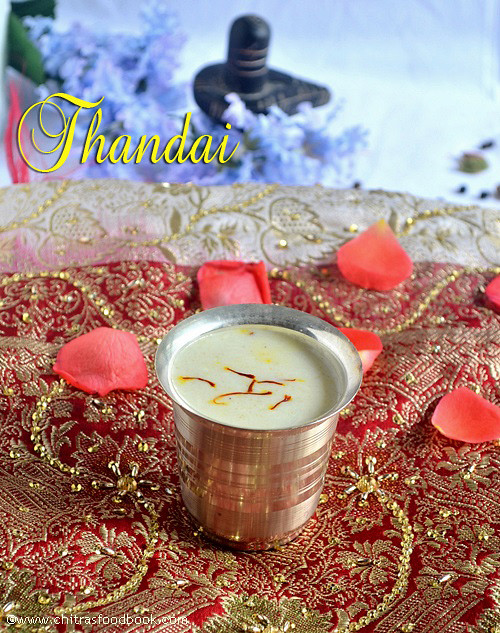
It is believed that simply by worshipping the lingam after a bath helps devotees achieve the blessings of Lord Shiva and moksha. All sins are forgiven and spirituality is awakened. So, with a clear heart and soul, worship Lord Shiva on this Maha Shivratri and be blessed all your life.
Source : http://womenpla.net/celebrating-mahashivratri/
http://www.mahashivratri.org/shivaratri-celebrations.html
In North India, People offer varieties of recipes like Thandai , Sabudana Kichdi , Sabudana vada, Lauki halwa, Kuttu ki poori, Sabudana Kheer, Motichoor ladoo and Kachori.
It is believed that simply by worshipping the lingam after a bath helps devotees achieve the blessings of Lord Shiva and moksha. All sins are forgiven and spirituality is awakened. So, with a clear heart and soul, worship Lord Shiva on this Maha Shivratri and be blessed all your life.
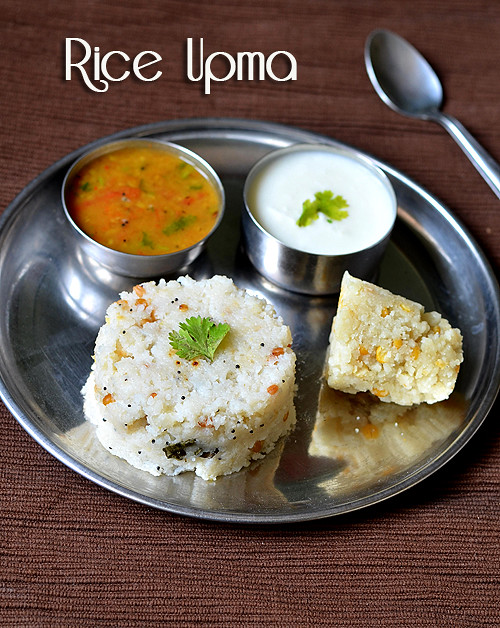
Neivedyam Recipes
Arisi Vella Puttu / Sweet puttu
Thandai
Sabudana vada
Sabudana Kheer / 18 Payasam varieties collection
Rice upma
Sambar ( Skip onions in this recipe )
Neer mor/ Spiced buttermilk
No Onion No Garlic Lunch Menu
Disclaimer : I have shared the procedures based on our tradition.Please take the as a reference,consult the elders of your family and do the pooja as per your practice.Beginners can follow this if you don’t have any specific procedure at home.
According to Shiv Purana, the following items are a must: Shiva Linga must be bathed with water, milk and honey. Also, bilva patra must be offered to the lord as it purifies the soul. Vermilion ( a reddish orange paste) must be applied over Shiva Linga after bathing, it represents virtue. Symbolizing longevity, different kinds of fruits are offered to the Linga for the fulfillment of wishes.The worship is then concluded with Lord Shiva’s Aarti. The day is considered auspicious for women. They fast and pray to the Lord to get blessed with blissful married life, while unmarried woman would pray for an ideal husband like Shiva.People chant “Om Nama Shivaya” all through the day.
There are different stories based on different puranas on why we celebrate Maha Shivratri. Some of these stories are mentioned here.
- According to a few books, Maha Shivratri is the night when Lord Shiva performed the Tandava.
- Based on a few other puranas, it is believed that Lord Shiva drank “halahal” or poison on this day, and was known as Neela kantha then after.
- Some believe that Lord Shiva married Goddess Parvati on this auspicious day.

Tradition of Drinking Thandai
Since Lord Shiva is regarded as an ascetic god, Maha Shivratri is very popular with ascetics. Thandai, a drink made with bhang (cannabis), almonds, and milk, is essentially drunk by the devout on the day as cannabis is said to have been very dear to Shiva.Food and Fasting
People fast for the whole day on Maha Shivratri. They start the day by worshiping the lingam of Lord Shiva. People eat satvik food such as sabudana khichdi and thandai (bhang). Devotees also wear Rudraksh beads on this day. According to mythological stories, rudraksh beads are believed to have been originated from Lord Shiva’s tears.It is believed that simply by worshipping the lingam after a bath helps devotees achieve the blessings of Lord Shiva and moksha. All sins are forgiven and spirituality is awakened. So, with a clear heart and soul, worship Lord Shiva on this Maha Shivratri and be blessed all your life.
Source : http://womenpla.net/celebrating-mahashivratri/
http://www.mahashivratri.org/shivaratri-celebrations.html
Ingredients required For Pooja
Visit my In-laws blog “Learn Kolam” to view Kolams for Maha shivaratri.- Flowers for decorating Lord Shiva
- Lamp
- If you wish to perform abishekam, keep some milk, honey, ghee, curd and water.
- Bilva ( Bael) patra leaves/ Vilvam in Tamil
- Coconut, Betel leaves, Nuts & fruits
- Incense stick
- Camphor
How do we celebrate Maha Shivratri
In my family, On Shivratri day, we take bath in early morning, draw Rangoli in the entrance & in front of Pooja room ( I usually draw Chariot kolam). We decorate the Lord with flowers especially Bilva Patra/Vilvam and perform pooja by chanting “ Om Nama Shivaya” for 1008 times.We fast from morning to evening. In the evening around 4pm , we take bath again and make neivedyam for Lord shiva. Around 6 pm, we offer Sweet puttu/ Rice Jaggery puttu / Arisi vella puttu in Tamil, Boiled Sweet potato and field beans ( based on their availability in market) for Lord Shiva, do the pooja and finish with Mangala Aarti. Along with this, we make a no onion no garlic rice upma, Sambar and buttermilk. We have the same for dinner around 7 pm. We don’t have the practice of being awake the whole night. If you wish to perform Abishekam, you should not sleep through out the night. Abishekam should be performed every three hours. ie First three hours with milk, Second three hours with Curd , third with ghee and fourth with honey( Overall 12 hours). After abishekam decorate with Bilva leaves. Lord Shive will be more happy when decorated with Bilva leaves more than jewels. The next day morning, we cook & eat a No onion No garlic meal and finish our fasting. We are not supposed to have Tiffin items as the Vrat won’t be fulfilled without having this menu.In North India, People offer varieties of recipes like Thandai , Sabudana Kichdi , Sabudana vada, Lauki halwa, Kuttu ki poori, Sabudana Kheer, Motichoor ladoo and Kachori.
It is believed that simply by worshipping the lingam after a bath helps devotees achieve the blessings of Lord Shiva and moksha. All sins are forgiven and spirituality is awakened. So, with a clear heart and soul, worship Lord Shiva on this Maha Shivratri and be blessed all your life.

Arisi Vella Puttu / Sweet puttu
Thandai
Sabudana vada
Sabudana Kheer / 18 Payasam varieties collection
Rice upma
Sambar ( Skip onions in this recipe )
Neer mor/ Spiced buttermilk
No Onion No Garlic Lunch Menu
Disclaimer : I have shared the procedures based on our tradition.Please take the as a reference,consult the elders of your family and do the pooja as per your practice.Beginners can follow this if you don’t have any specific procedure at home.
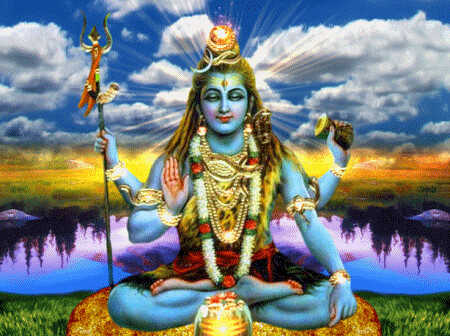
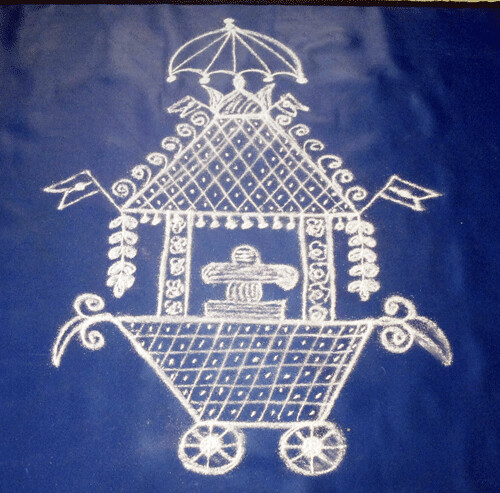
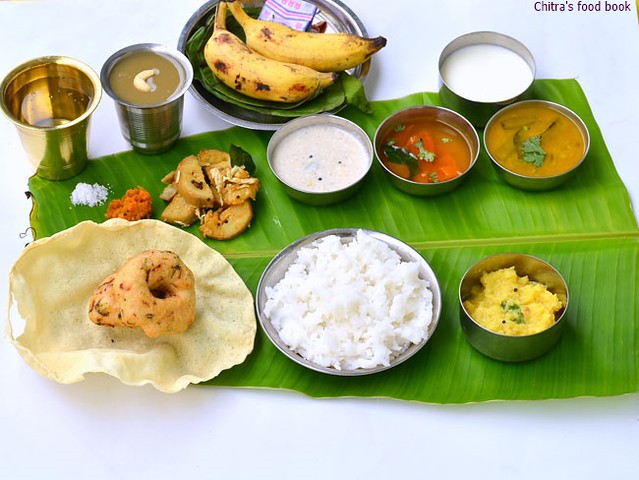

ليست هناك تعليقات:
إرسال تعليق